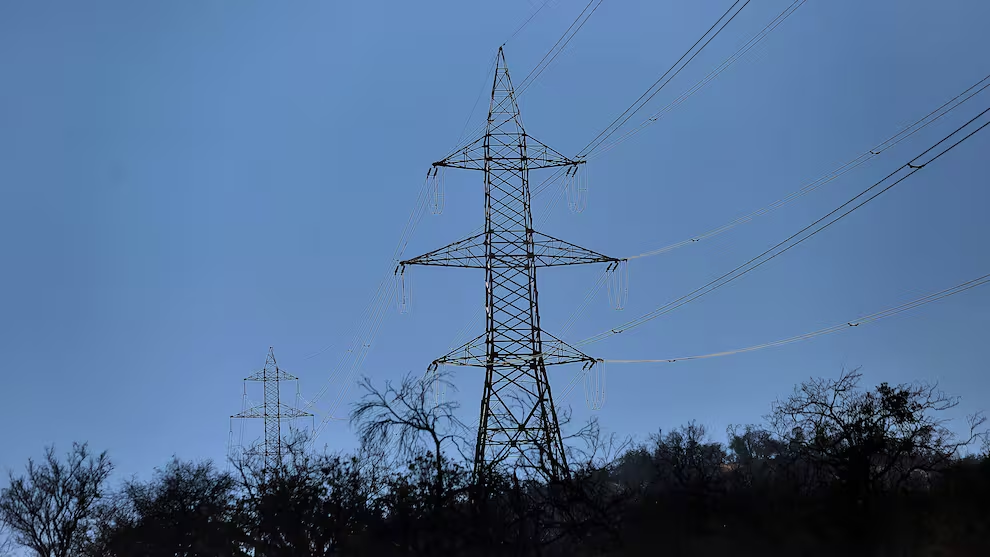A week ago, the SEA recommended approving the project, and now it has given final authorization. The initiative involves an investment of nearly US$1.5 billion and crosses five regions of the country.
The Environmental Assessment Service (SEA) gave its final approval to the mega transmission line that will cross five regions of Chile. On Thursday night, the agency’s Executive Directorate gave a favorable rating to the Kimal-Lo Aguirre project, which represents an investment of US$1.48 billion.
A week ago, the SEA recommended, through its Consolidated Evaluation Report (ICE), that the project be approved, with Thursday being the deadline for evaluating the initiative. As it is an interregional megaproject, it did not have to go through an Environmental Evaluation Commission (Coeva), but rather through the Executive Directorate, headed by the agency’s director, Valentina Durán.
Now, the project—mandated by the State through the National Electricity Coordinator (CEN) and promoted by Transelec, ISA InterChile, and Chile HVDC Transmission SpA—already has its Environmental Qualification Resolution (RCA).
Kimal-Lo Aguirre is a historic project for SEA, as it is the longest direct current transmission line in the environmental agency’s history, with a length of 1,346 kilometers. The line runs from the Kimal substation in the Antofagasta Region to the Lo Aguirre switching substation in the Metropolitan Region, also passing through Atacama, Coquimbo, and Valparaíso.
The line will generate energy from renewable sources in the north of the country and then feed it into the National Electric System (SEN) in the Metropolitan Region.
The transmission line, which will have an indefinite useful life, is expected to begin operation in May 2029, although the deadline for starting construction was during the third quarter of this year. An estimated 6,249 workers will be needed for construction, and 20 for operation.
